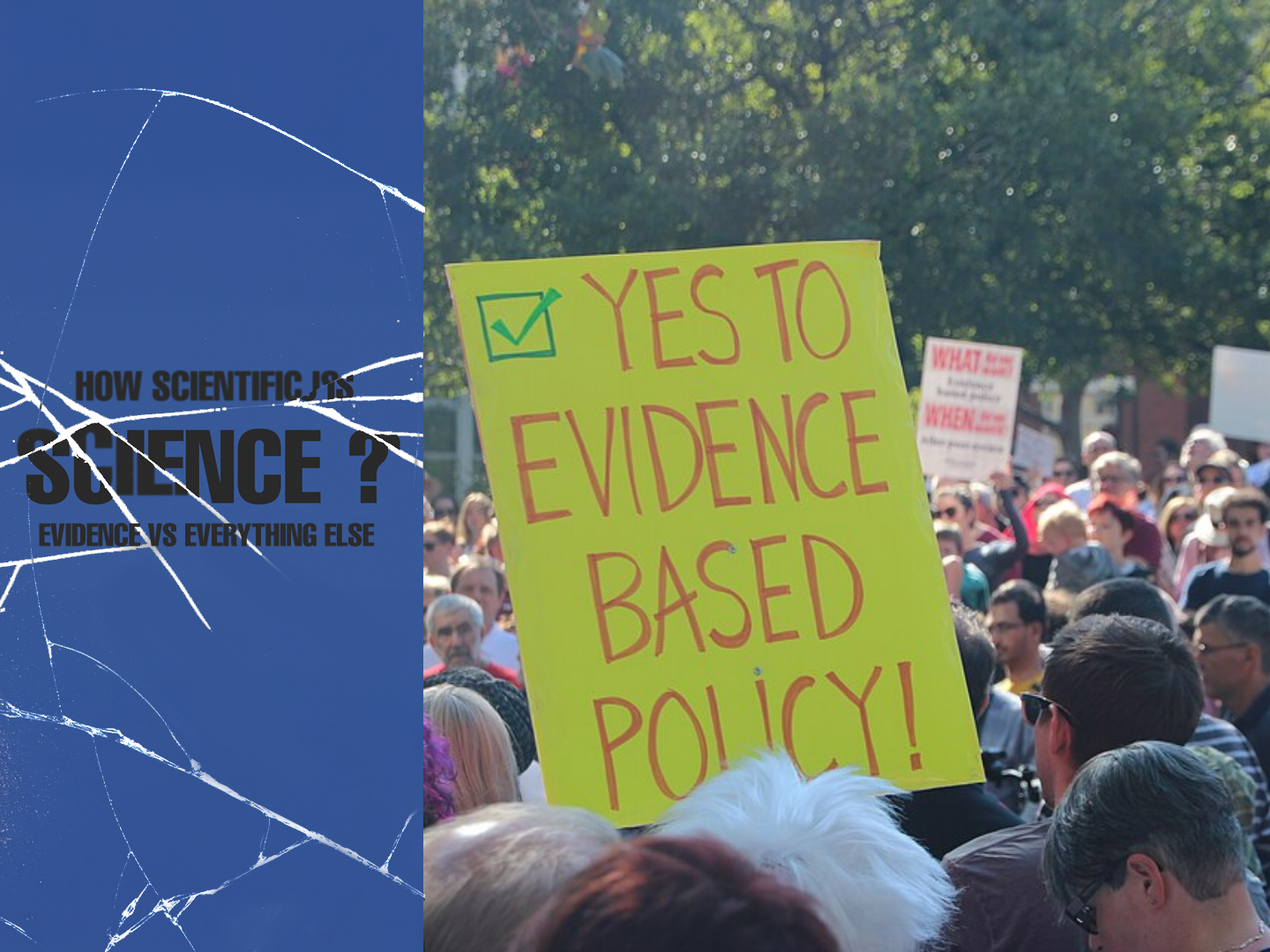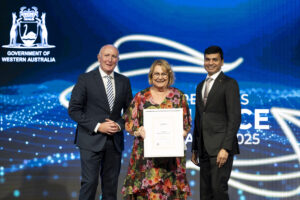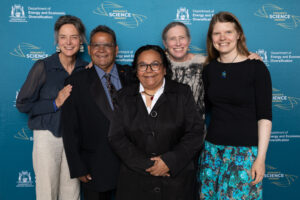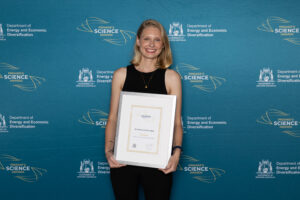While you may assume science and politics are independent, they often intersect.
Governments and lobby groups often determine which scientific research and organisations are funded and platformed.
In turn, science and research can impact politics and policy, with governments using scientific data to aid decision making. Theoretically, at least.
The truth of the matter is that political involvement in science and research is inevitable.
PUT YOUR MONEY WHERE YOUR RESEARCH IS
The Australian Government invests billions into scientific research and development.
Governments can fund research directly by providing grants and funds towards scientific priorities.
It also funds industries and universities, which fund specific research areas or projects.

Credit: Wikimedia Commons
OFFLINE INFLUENCERS
But there is always a bottom line. Research priorities evolve based on a society’s needs.
Professor John Phillimore is Executive Director of the John Curtin Institute of Public Policy at Curtin University.
“The role of government is to take on public interest,” says John.
“So what issues are most important and where we need to best spend our money to make a positive difference in the future.”
Governments will also prioritise research areas due to economic and geographic factors.
One of the biggest examples of this in Western Australia is the mining industry.
“We fund research in mineral and energy resources because we have a lot of mineral and energy resources,” says John.
“It’s an economic area of strength in Western Australia, so it makes sense for us to do quite a lot of research on it.”

Credit: Michael Robinson Chavez/The Washington Post/Getty Images
Similarly, John attributes WA’s strength in marine science and research to our extensive coastline.
“We wouldn’t do a lot of alpine research in Western Australia,” he laughs.
State and federal governments are expected to be transparent about what they deem to be science and research priorities.
For example, the Federal Minister for Industry and Science announces National Science and Research Priorities for the next 10 years.
AN UNEVEN PLAYING FIELD
Unfortunately for science, this means some research areas miss out because they’re not a government priority or don’t do wonders for the economy.
John says the playing field of which scientific fields receive government funding will never be level because science and research play to a certain government’s priorities, geography, economic basis and history.
Lobbying – attempting to influence legislative or policy decisions – by organisations and industry sectors is common to secure funding and elevate the importance of particular projects. For example, Greenpeace has successfully lobbied the Australian Government on various protections for the natural world.

Credit: via Greenpeace
The private sector, philanthropy and corporations also play an important role in providing financial support for some of the projects not funded by the government.
FROM RESEARCH TO ACTION
While science can offer options and potential solutions for issues, governments make the final call on how to act based on a combination of societal values and scientific evidence.
“Scientists can talk about the big issues and what some of your options are, but it’s politics, economics, government, policy, democracy. Those are the things that determine which way you then operate,” says John.
“Science can often identify the problem, but it doesn’t always identify the solution.”
Take the polyphagous shot-hole borer ravaging trees in Perth as an example.
Although science can provide the state government with a clear picture of what is happening, a clear solution for policy implementation does not exist. It’s up to the government to decide how to manage it.

Credit: via DPIRD
SCIENTISTS AT THE TABLE
Australians trust science and scientists, and more than two-thirds of Aussies believe scientists should be involved in policy making. And they are!
The state and national Chief Scientist’s job is to shape policy based on timely scientific research findings and supporting a government’s priorities in research and development.
Scientific agencies also exist within government, most notably, the Commonwealth Scientific and Industrial Research Organisation (CSIRO). CSIRO directly contributes to the National Science and Research Priorities and to benefit Australian industry and the public.
“Scientists are hugely important,” says John. “They contribute vitally to public discussions by talking about what’s possible [and] what’s not possible.”









